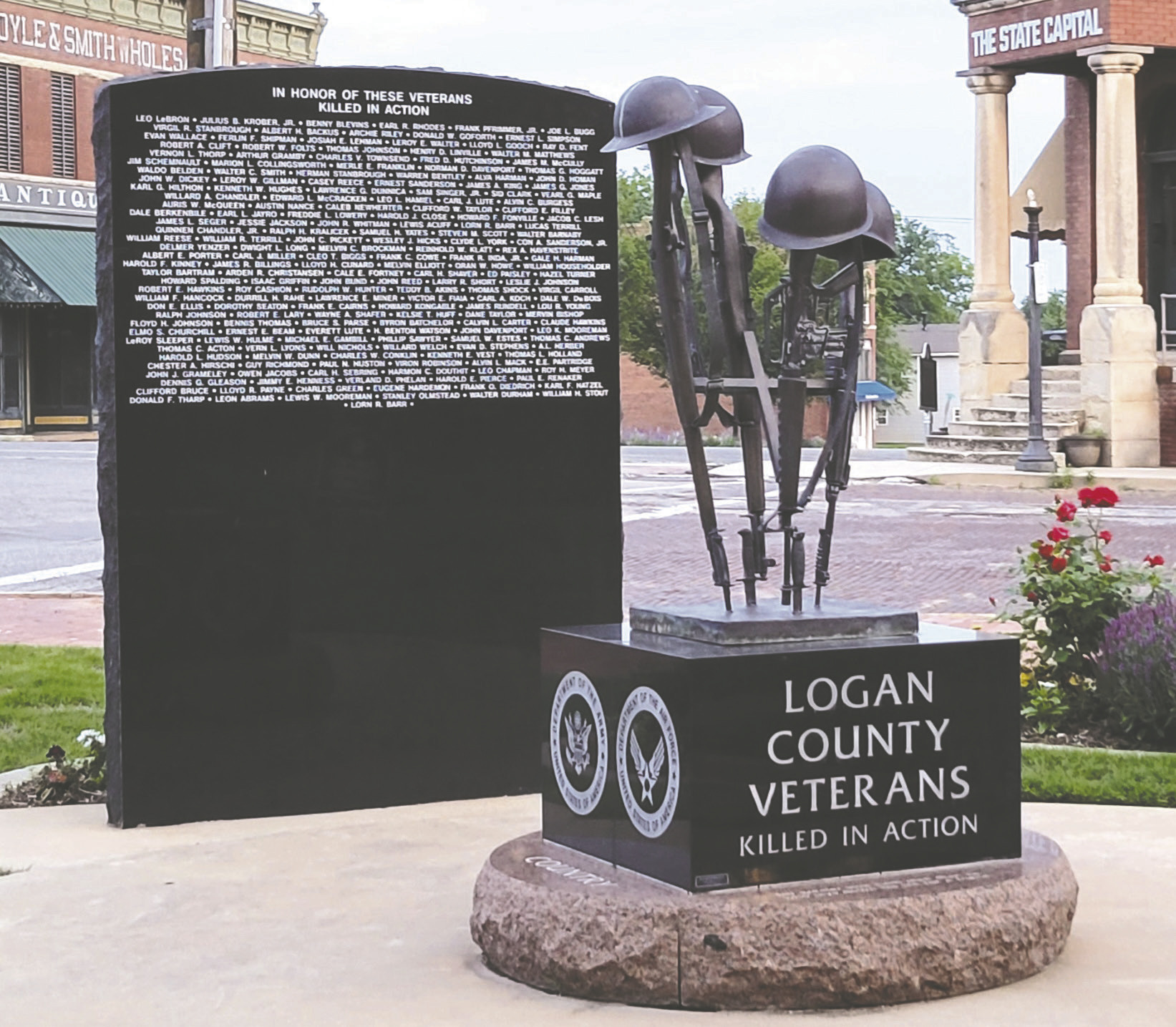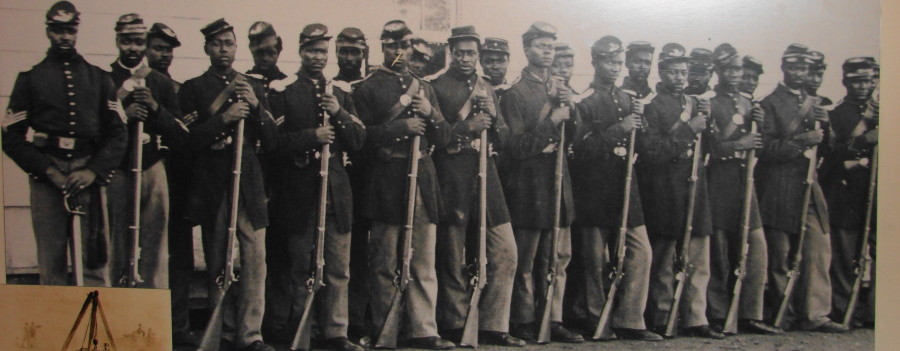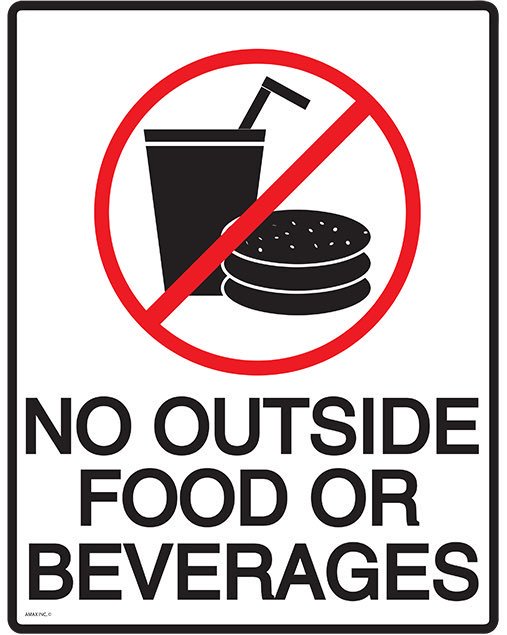Why Decoration Day Became Memorial Day: The Transformation Explained

Decoration Day, now widely known as Memorial Day, marks a significant shift in American culture and historical observance. Its transformation over time reflects not only changes in the ways Americans honor their military dead but also the evolution of national identity. Here, we delve into the history, reasons for the change, and the cultural implications of this vital holiday.
The Birth of Decoration Day

The origin of Decoration Day can be traced back to the immediate aftermath of the Civil War. In 1865, when the war concluded, there was a collective need to honor the fallen soldiers who gave their lives in what was then the bloodiest conflict in American history.
- Community Initiatives: Local communities, especially in the South, started decorating the graves of soldiers, both Union and Confederate, with flowers. These acts of remembrance were grassroots efforts, leading to the creation of several Decoration Days across various states.
- First Observance: The first large-scale observance occurred on May 30, 1868, initiated by the Grand Army of the Republic (GAR), an organization of Union veterans. General John A. Logan, who was the commander-in-chief of the GAR, issued General Order No. 11, declaring this date for a national memorial of the Union soldiers.
- Significance: This day was not just about remembrance but also served as a healing process for a nation divided by war, where Northerners and Southerners started to come together in collective grief.
Evolution into Memorial Day

Over the years, Decoration Day evolved, both in name and purpose:
- Expansion Beyond the Civil War: With the advent of World War I and subsequent conflicts, the focus of the holiday expanded to include soldiers who died in all wars, not just the Civil War. This broadening of scope necessitated a name change to reflect the inclusivity of the remembrance.
- Legislation: In 1966, President Lyndon Johnson declared Waterloo, New York, as the birthplace of Memorial Day, recognizing the town’s first formal observance in 1866. Three years later, Congress passed the Uniform Monday Holiday Act to ensure a three-day weekend for federal employees, a decision influenced by the belief that holidays would be better observed with extended leisure time. This act officially changed the name to Memorial Day and moved it to the last Monday in May, effective from 1971.
- Public Reaction: Initially, there was some resistance to the change from veterans’ groups who felt the day’s solemnity was being diluted for commercial gain. However, the convenience of a long weekend and public support eventually prevailed.
Modern Observances

Today, Memorial Day is marked by a variety of observances:
- National Moment of Remembrance: Established by Congress in 2000, Americans are asked to pause for a minute of silence at 3 p.m. local time to remember and honor the fallen.
- Parades and Ceremonies: Cities and towns across the U.S. hold parades, memorial services, and speeches, often featuring veterans, active-duty military, and their families.
- Visiting Cemeteries: Families visit gravesites to honor their loved ones who served, often leaving flags, flowers, or wreaths.
- Memorial Day Speeches: Influential figures often speak on the importance of remembering those who sacrificed their lives for the nation’s freedom.
- Commercial Activities: While there is a tendency towards commercialization with sales and recreational activities, efforts are made to keep the day’s true purpose at the forefront.
Symbolism and Traditions

Memorial Day has developed various symbols and traditions:
- Flags: The American flag is flown at half-staff from dawn until noon, then raised to full-staff to symbolize the nation’s honor.
- Poppies: Inspired by the poem “In Flanders Fields,” poppies became a symbol of remembrance after World War I.
- The National Memorial Day Concert: An annual concert is held on the West Lawn of the U.S. Capitol, broadcasted live, celebrating those who died for the country.
- Memorial Day Barbecue: The unofficial start of summer, barbecuing has become a traditional way for families and friends to gather and remember those who gave their lives for freedom.
🔍 Note: The shift from Decoration Day to Memorial Day highlights the fluidity of cultural memory. Memorial Day has become a day to honor all who died in American wars, allowing for a more inclusive and unifying remembrance.
In summary, the transformation from Decoration Day to Memorial Day signifies more than just a name change. It reflects a nation’s evolving understanding of sacrifice and unity. From honoring Civil War dead to encompassing all military fatalities, Memorial Day has become a pivotal event where Americans come together to remember, honor, and reflect on the sacrifices made for the country's freedom. The holiday also serves as a reminder of the ongoing cost of war and the importance of peace. As we participate in the various ceremonies and traditions, let us not forget the solemnity and the profound gratitude we owe to those who gave their all for our liberty.
Why was the name changed from Decoration Day to Memorial Day?

+
The name change from Decoration Day to Memorial Day was largely to reflect a broader inclusion of all U.S. military personnel who died in any war, not just the Civil War. It also aimed to signify a shift in public consciousness towards a unified remembrance of military sacrifices.
When was Memorial Day moved to a Monday?

+
Memorial Day was officially moved to the last Monday of May through the Uniform Monday Holiday Act, effective from January 1, 1971. This move was part of a broader push to create long weekends for federal employees and promote travel and economic activities.
What does the National Moment of Remembrance entail?

+
It entails Americans pausing for a minute of silence at 3 p.m. local time to honor and remember those who died in military service. This tradition was established to bring the nation together in a moment of collective respect and remembrance.



